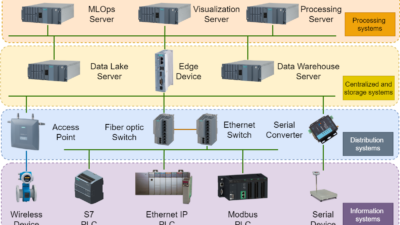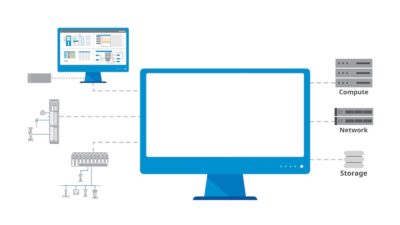A good Smart Manufacturing model bridges the gap between the needs of individual users and institutions trying to define Smart Manufacturing

The purpose of the Smart Manufacturing model is bridging the gap between the needs of individual users or practitioners and the various institutions that are trying to define Smart Manufacturing.
Jeff Winter, a subject matter expert on the MESA team building the new Smart Manufacturing model, said, “This is a tremendous opportunity to provide value to people actually working on Smart Manufacturing projects for their companies. You see, there’s lots of Smart Manufacturing models out there, and many of them help you evaluate your company at a high level, for Smart Manufacturing readiness or maturity. But they all have a major failure. They don’t provide a roadmap for you and our Smart Manufacturing project. They simply don’t address the use of the various technologies.”
These existing models aren’t bad, but the problem is they help companies with only part of what they need to be successful. The idea of the new MESA model is to complement these organizations and their models to provide a definitive roadmap for companies and projects to use to know where to go and how to get there with Smart Manufacturing.
How to apply Smart Manufacturing technologies
The new model will help people understand how to approach Smart Manufacturing and understand how Smart Manufacturing fits in their business. With this new model, companies will be able to carve out a path to Smart Manufacturing projects, and ultimately Smart Manufacturing success. They’ll be able to see what Smart Manufacturing is all about, what needs to get done, and how it all impacts the other parts of the company.
Winter said, “The problem with all these models is that they simply don’t address the technologies. For example, digital twin technology is very cool and very powerful, providing companies with significant benefits. But these models don’t explain what it is, when to use it, when not to use, where it fits, and why someone uses it. The models don’t explain what business benefits it achieves, the prerequisites for its use, the challenges to its use, and what’s really needed to successfully implement it. And that’s just one example. All of these models are deficient in that they don’t address these questions about the technologies – they very technologies that are driving Smart Manufacturing in the first place.”
A neutral Smart Manufacturing model addresses these questions about the technology, providing a roadmap so people can understand when, where, and why to use all these new technologies.
“More than that,” Winter said, “the new model will address the impacts of these technologies to all the other areas of the company such as supply chain, production, networking, cybersecurity, data management, training, personnel, and so on. Because all these technologies have such a big impact on the company as a whole. You have to understand that, and you have to see it coming before you launch off on one of these projects.”
Fundamentally, the new MESA model will provide the roadmap, the steps needed to implement the technology and ultimately be successful with technologies. Because these technologies require a level of maturity, companies have to learn to crawl before they walk and walk before they run with Smart Manufacturing. None of the technology is a silver bullet, and much of the technology may not produce any benefits if the company is not ready or if the people are not ready.
John Clemons is a MESA marketing committee chair. This article originally appeared on MESA International’s blog. MESA International is a CFE Media content partner. Edited by Chris Vavra, web content manager, Control Engineering, CFE Media and Technology, [email protected].



